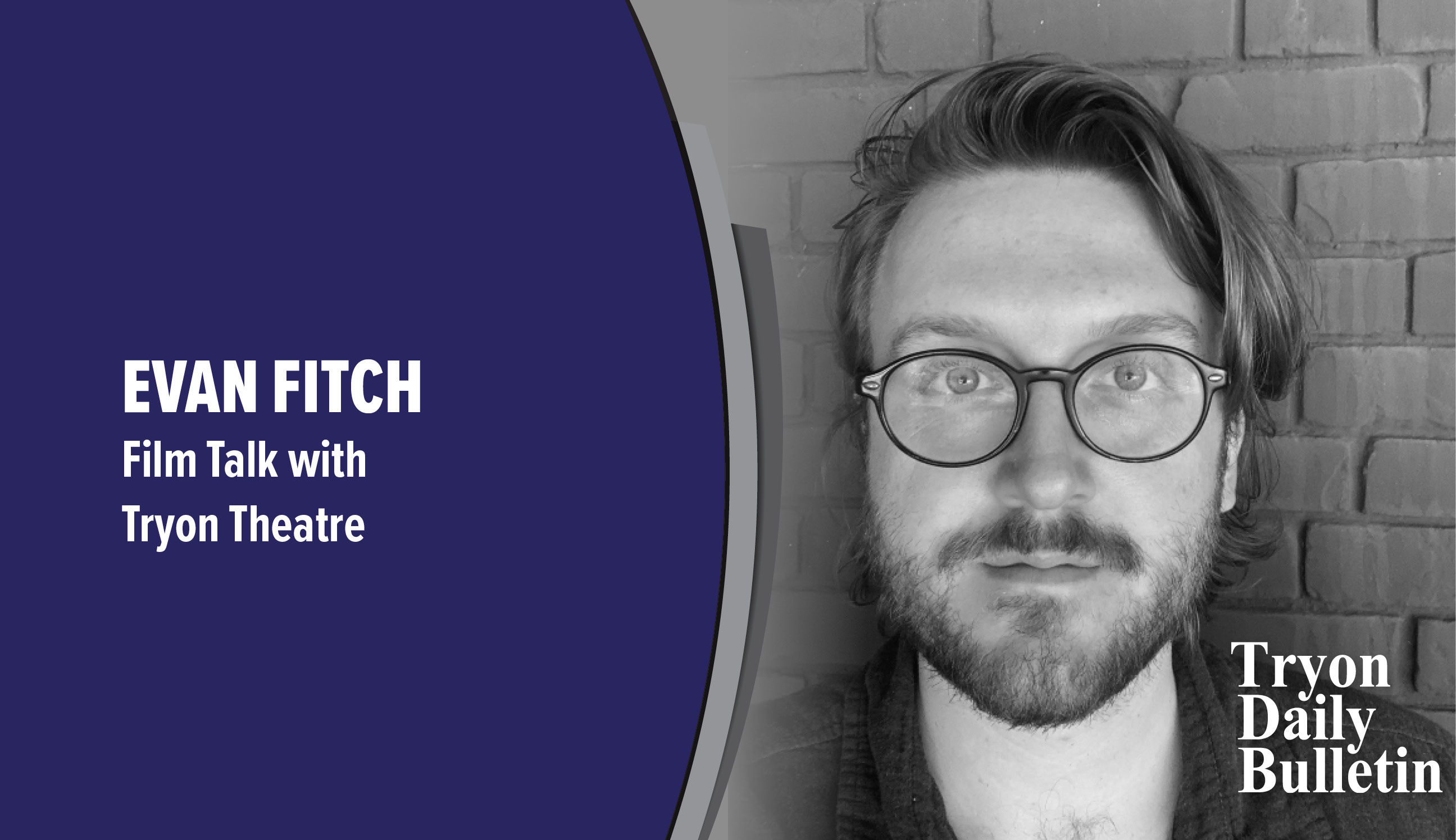Night of the seven helmets
Published 2:47 pm Thursday, July 15, 2010
The classic central European fairy tale is typically set in the midst of a dark and stormy night with freezing rain accompanied by gusting winds and rolling thunder.&bsp; The traveler sees real or imagined foes on every side and truly dangerous enemies behind each ridge or concealed in every village he must traverse.
This could well be an exact description of travel facing Company M of the 378th Infantry Regiment responding to orders issued by generals in command of the European conflict.&bsp; These orders were for immediate action regardless of weather, road conditions, or the presence of enemy troops.
The city of Metz had been freed, the Moselle safely crossed.&bsp; The Saar valley seemed to be falling to Allied forces but only too slowly.&bsp; Overflowing rivers and flooded valleys continued to make progress difficult while German troops were surprising the Allied troops along the Belgian border. &bsp;
The Allied generals ordered Go north, young men, go now! How though did we travel and where did we go?
Company M consisted of several heavy water-cooled machine gun crews and 81 millimeter mortar squads as well as platoon leaders, radio operators, drivers and messengers along with one medical corpsman attached to Company M from the 378th Medical Detachment.&bsp; Trucks and jeeps as required were available.
The front two seats of jeep #M-1 were normally occupied by the driver and the company commander, each of these two somewhat uncomfortably seated on squarish bottom and back canvas cushioned pads with a space about 9 or 10 inches wide between the two seats; this space normally occupied by a radio in a wooden box. The space behind was a variously-indented metal platform with a center recess for one small seat cushion where the aid-man normally sat. &bsp;
A canvas roof cover was supported at the front by the windshield frame and with a Y-shaped pipe frame at either side of the back seat area to support the sides and the back corners of the canvas roof. Since the rear seat had no back, the normal approach to sitting there was crossways with your head (actually your head inside your steel helmet) resting in the Y at one side of the pipe frame. &bsp;
This, oddly enough, was fairly comfortable except that when the jeep hits a bump or whenever the occupant of the helmet happens to go to sleep, his head slips suddenly backwards and the helmet falls off and into the highway.
Our suddenly ordered trip began in the mid-afternoon of one day in early February, 1945, cloudy and already cold. Our motor convoy left the Saar valley and traveled west toward Metz, then onto a secondary highway north to the border and through Luxembourg (with no customs clearance required) into that strange area where languages and national boundaries get confused: one minute the eastern part of the Netherlands, the next moment Belgium, then maybe France or Germany, no one knows except the driver. &bsp;
Unless you review a map or actually pass through this area, the existence of a narrow but fairly long tail of Holland extending in a southerly direction between Belgium and Germany down nearly to Luxembourg may surprise you. Aachen is the nearest German city; Maastricht with the nearby smaller towns of Treebech and Heerlen the Dutch. &bsp;
You may find it needful to speak Dutch, French, German or Flemish and the natives arent usually very helpful if you choose the wrong language.&bsp; In any case, our convoy proceeded throughout the night traveling in virtual darkness required by the continuing presence of enemy aircraft.
On at least seven or eight occasions, I drifted off the sleep, my head fell back and my helmet fell off and into the highway.&bsp; On the first occasion, the driver stopped and allowed me to run back and retrieve my helmet. On subsequent interruptions, he just slowed down to allow me to scoop up one of the numerous helmets lying in the highway lost by other rear seat riders. &bsp;
I finally retrieved seven (or maybe eight, Im not sure after all these years) helmets during the night.
We arrived about midday at an abandoned mental hospital near Venraij in central Holland, miles from anything beautiful or interesting, and many miles from the nearest windmill.
Incidentally, the webbing inside the various helmet liners and the actual steel helmets covering the liners that I recovered along the way contained interesting caches of cigarettes, candies and evidences of various other hobbies. I did think it only too appropriate, in view of my given name, that I should sleep for the next few nights in an insane asylum named (in honor of the country) Holland.
France, Luxembourg, and the Netherlands, February 1945.
Holland Brady, a local architect and a native of Tryon, designed the Tryon Presbyterian Church, Forbes Preschool, the Parish house at St. Johns of the Wilderness in Flat Rock and the Columbus United Methodist Church as well as the fire stations in Tryon, Columbus and Landrum. Many unique residences carry the Holland Brady signature. &bsp;
Brady was in the army from 1943 through 1946, serving with the 9th and 15th U.S. Armies, the British Second Army, and Gen. George S. Pattons Third Army.&bsp; He holds the Combat Medical Badge, three Battle Stars, the Good Conduct Medal, a Presidential Citation, the Victory Medal, and the Purple Heart.


